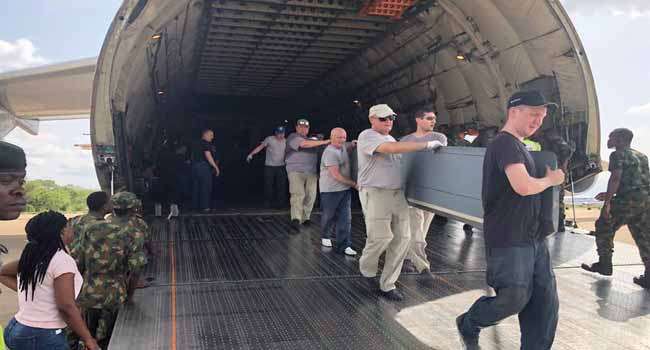
9 Squadron left Australia by ship and air the helicopters and crews were transported to Vietnam aboard the HMAS Sydney, while the other personnel were flown aboard a Qantas charter flight.īased at Vung Tau, the squadron's role was to support 1ATF by transporting troops and resupplying units in the field with ammunition, water, and food. 5 Squadron's activities supported 9 Squadron, as personnel trained in Australia with 5 Squadron before serving in Vietnam with 9 Squadron. 5 and 9 Squadrons were closely associated for the rest of the war. Then, not having existed for even one day, 9 Squadron was reformed on 13 April with eight Iroquois from 5 Squadron. On 12 April 9 Squadron was renumbered 5 Squadron, while the existing 5 Squadron became 5 Squadron Detachment C, until it was disbanded on 29 April the 9 Squadron detachments at Williamtown, NSW, and Darwin also became detachments of 5 Squadron. A period of reorganisation at Fairbairn followed. However, it was later announced that 9 Squadron would go to Vietnam as a whole unit and 5 Squadron would return to Australia. When it was announced in March 1966 that a helicopter squadron would be sent to Vietnam, it was assumed a separate flight would be created, as had happened with the Caribou's of RAAF Transport Flight Vietnam. The other, 5 Squadron, had been serving in Malaysia since 1964, as part of the Far East Strategic Reserve at Butterworth. 9 Squadron was one of the RAAF's two helicopter squadrons. In 1962 the squadron was reformed and was based at Fairbairn air base, outside Canberra.

The Bell UH-1B Iroquois or "Huey" is almost synonymous with the Vietnam War and for the next five and a half years 9 Squadron's Hueys supported the 1st Australian Task Force (1ATF).ĩ Squadron had performed maritime operations during the Second World War.

On 6 June 1966 eight Iroquois helicopters from 9 Squadron, Royal Australian Air Force (RAAF), landed at the Vung Tau airbase, Vietnam.


 0 kommentar(er)
0 kommentar(er)
